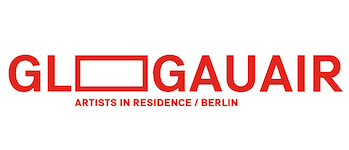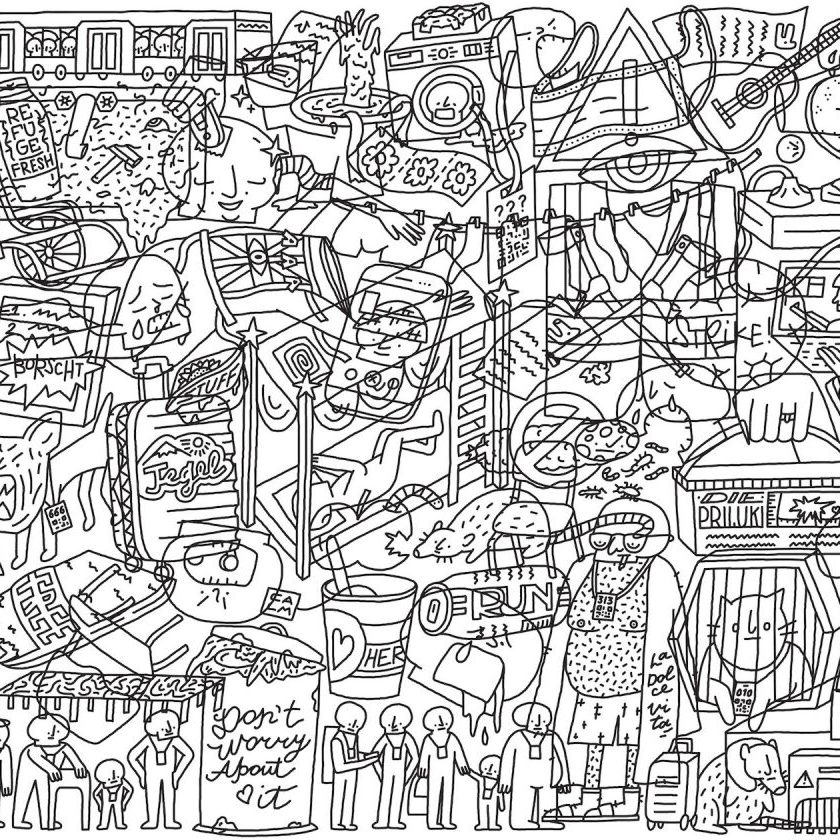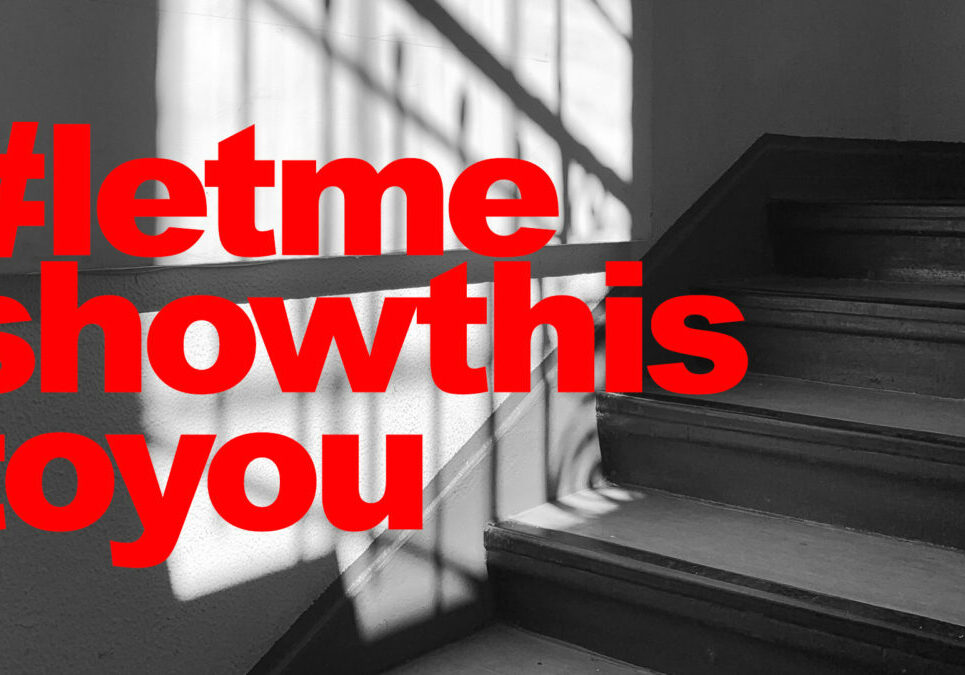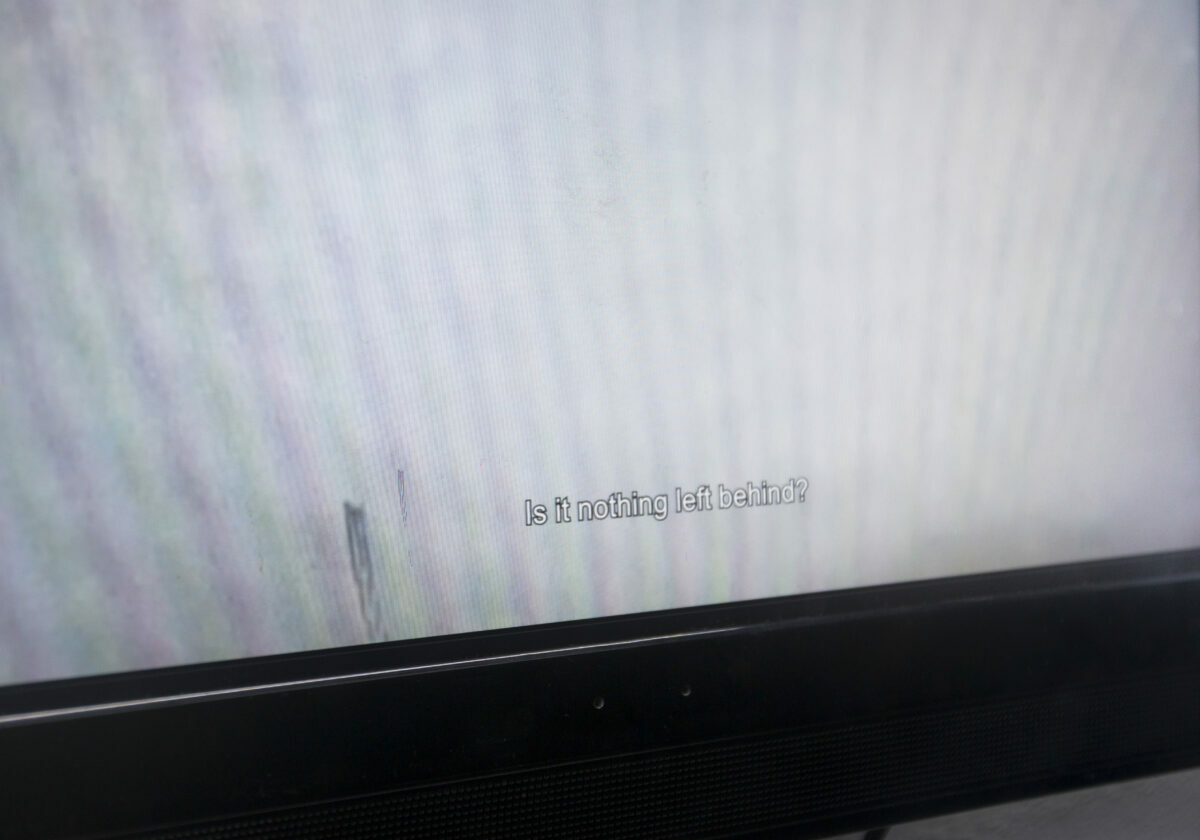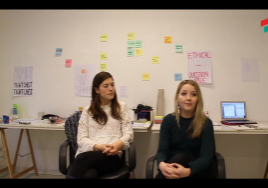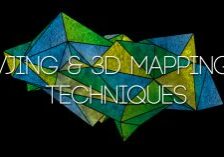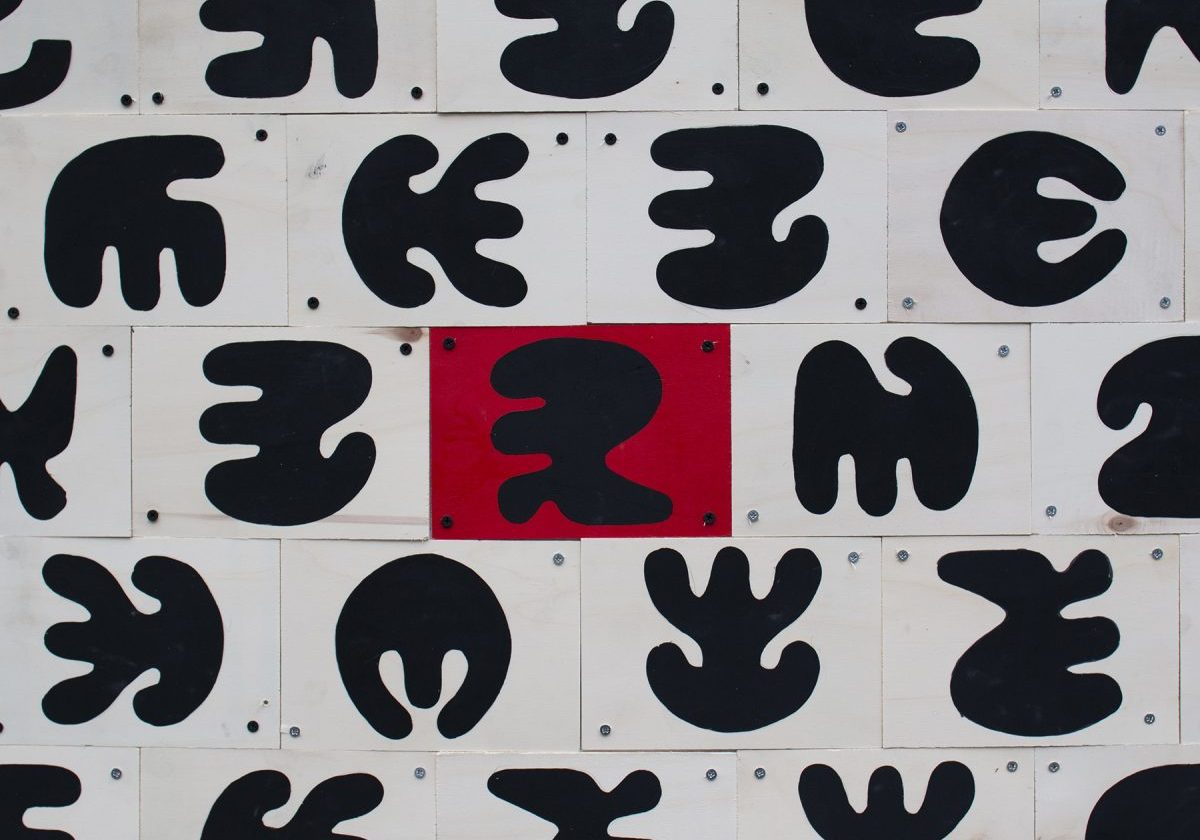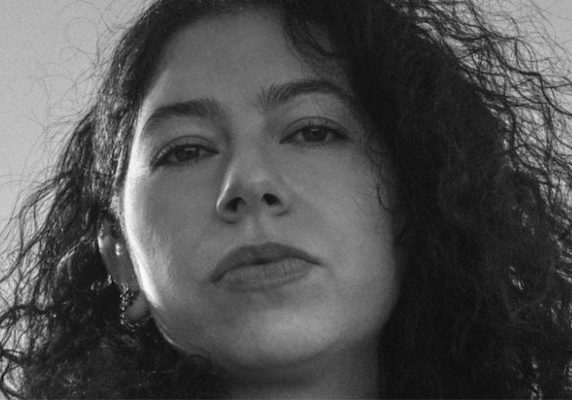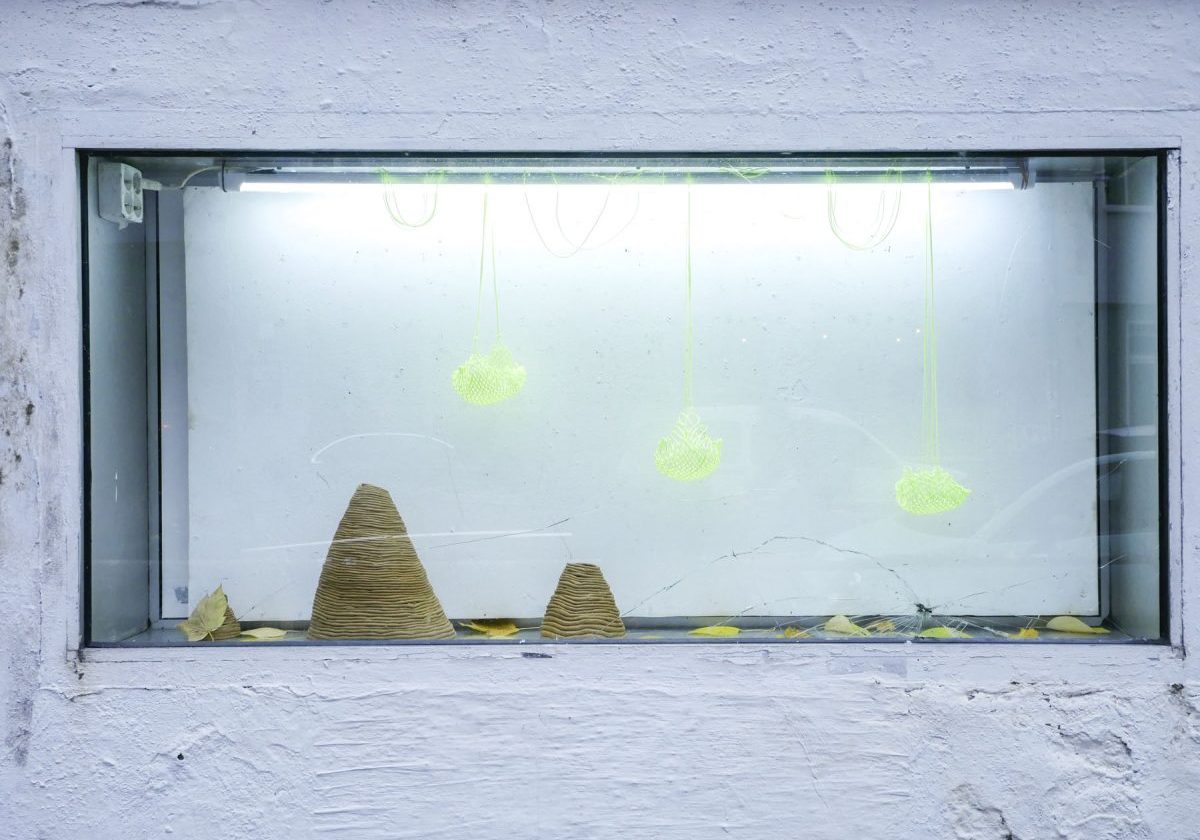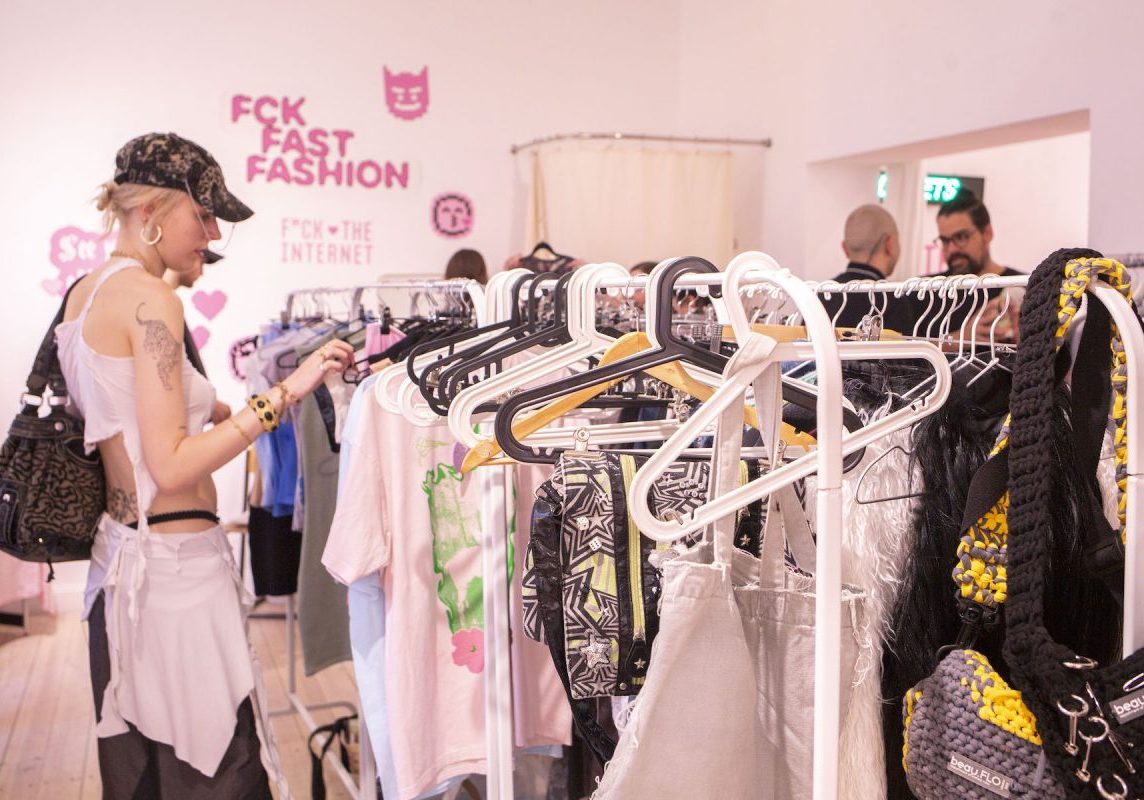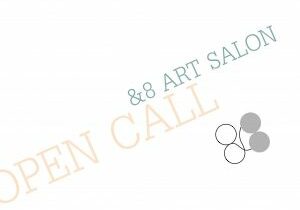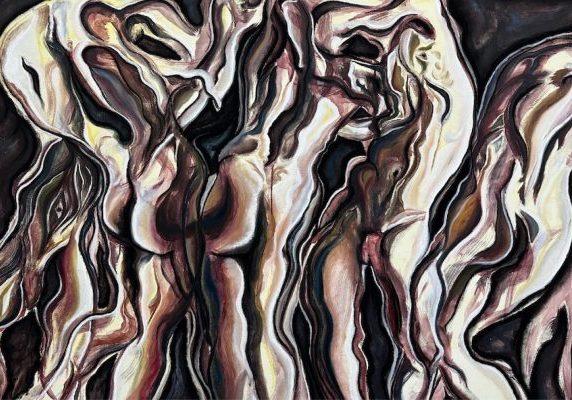Meet the Artist // Anton Vertwen
Anton works with visuals and text, trying to keep them simple and unpretentious, yet intriguing and engaging. His projects are filled with humor and the absurd, and mainly tell personal stories – of war and home, loneliness, overthinking, cruelty and beauty.
Can you tell us a bit about your artistic background and the project you are proposing for this three-month residency at GlogauAIR?
i’ve been doing some kind of creative projects since school. In 2018, i started doing it professionally as an illustrator for the Ukrainian Burning Man community, drawing colorful stickers and posters. Eventually, i decided to focus on more personal projects. Then in 2022, the full-scale invasion started, so my work took a more serious turn. In December 2022, i received an artist grant from Adobe, and took it as sort of a push to pursue the artistic career further. But i’ve never had a proper art education.
i’m very interested in artifacts – objects that appear in your life and accumulate memories and emotions. A few days ago, i found a couple of super fancy candlesticks – a blessing from Berlin’s “Zu Verschenken” (to give away) culture. And today i stumbled upon a beautifully specific toy – a little hot dog stand. There’s some magic in these things – stories they had before me, stories they’ll have with me. Those items will carry my memories from this residency and who knows what else?
One of my most important projects was also about artifacts – a cardboard installation titled “My Bequests For You”. In 2023, i was living with my best friend in Kyiv, in an apartment full of useless but precious things. i left Ukraine abruptly, and the burden of dealing with my artifacts was left to my friend. So i wrote her instructions, more poetical than practical, on what to do with my stuff. It’s a story about my life in Kyiv and our relationship. A goodbye to my home.
Now i want to make a central project of this theme – a handmade encyclopedia about me, but with artifacts. i’m still thinking of some whys and hows of it, but if i do a good job, this could become a lifelong project.
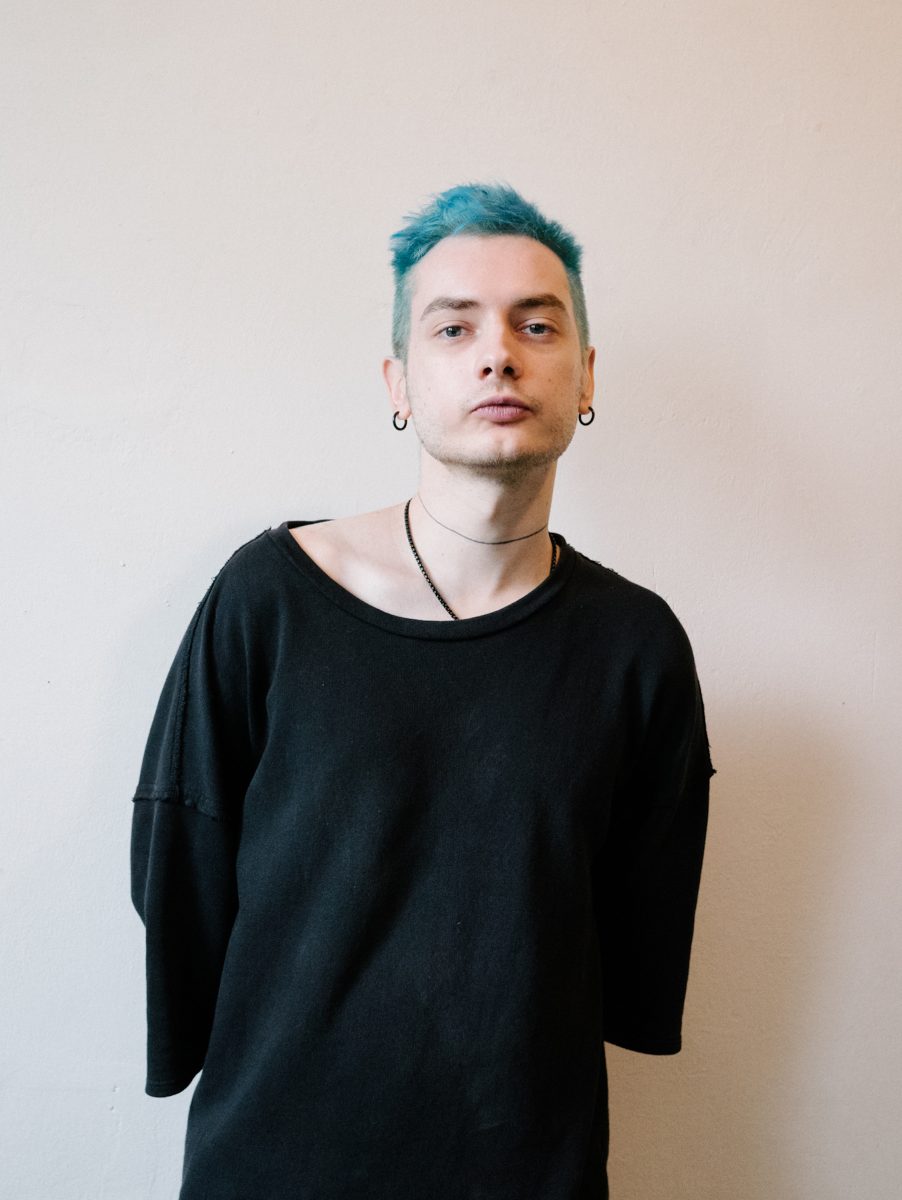
Your personal story of living in a refugee camp in Berlin has deeply influenced your work. How would you describe the process of transforming those life-changing stories into humorous representations of your artworks?
i use humor a lot; it’s my favorite tool. i use it partly to emphasize and remind myself that my drama is not the biggest drama in the world. i’ve lived in a camp for three months, and some people have lived there for a year or more. Some are still living there. Many people recognized as men, such as myself, are not even allowed to leave the country. And many people are not even privileged enough to be alive anymore. So, it’s all very relative.
Humor is really a defense mechanism – but an evolved one, a tool of inspiration that i can apply to my art. It’s a reaction and reflection on all the absurdity and cruelty around.
What is the process in which drawings and storytelling interact in your project? Are there any artists who influenced your work?
Most of the time, i still operate as an illustrator: for me, the story or idea comes first. i think of a thing that worries me or of a theme suggested by an open call. i think of how i can relate to it. How can i express myself through things that i have some authority to talk about – which are usually personal stories. After that, i start thinking of how i can visualize or realize it.
My inspiration comes from all kinds of places and people. Davey Wreden is a game designer who made one of my favorite video games – The Beginner’s Guide (2015). Mechanically, it’s a simple exploration game where you just walk around and listen to the author’s narration, but the story is intriguing and psychologically complex. i’m fascinated by the artist’s ability to do so much with so little.
Marcus Oakley is a visual artist. He does minimalistic illustrations, but they are somehow captivating in a way that i want to achieve myself. Again, i’m fascinated by the simplicity. His ability to grab my attention with just a few lines is magical to me.
Obvious Plant is an artist that makes funny and absurd fake products. They are a very good designer, and i adore how creatively they work with the format of a product straight from a supermarket shelf.
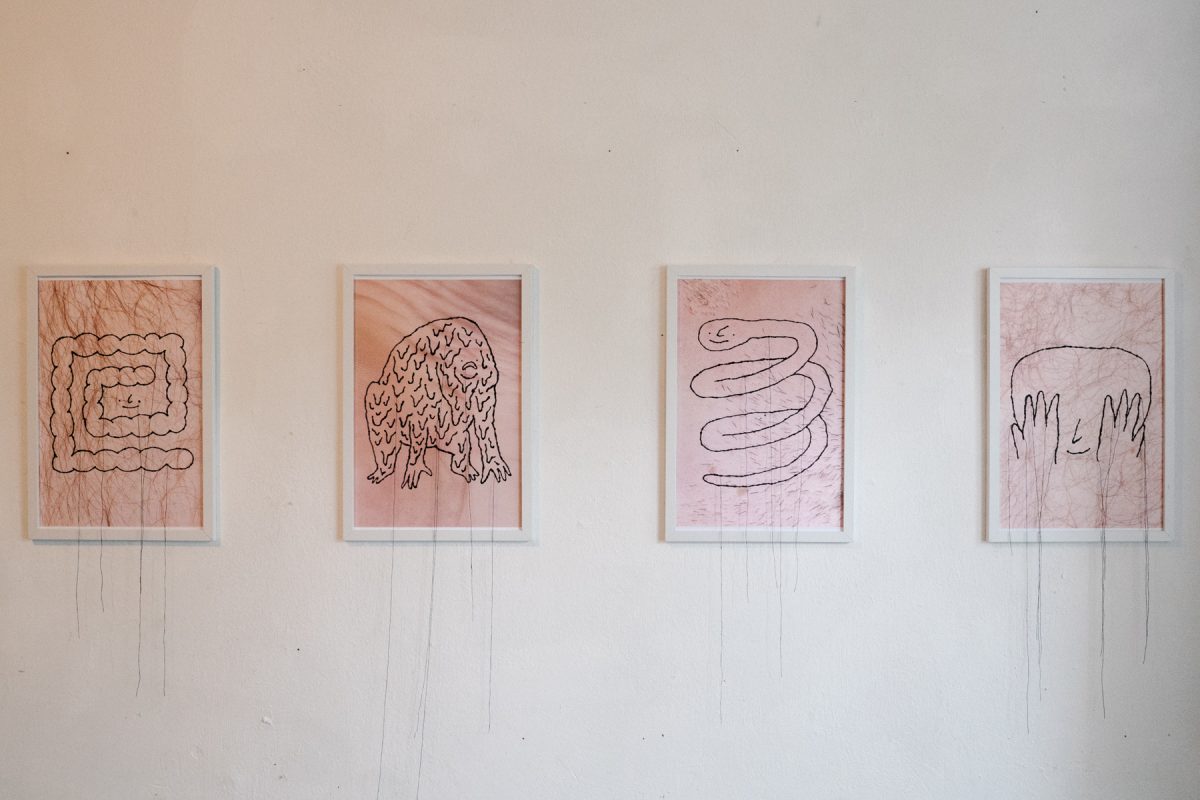
I’ve seen in your first solo exhibition in Berlin that you mixed painting, installation, interactive experiences and performance. How are your messages communicated to your audience through these different artistic expressions?
i did a lot of stuff for that show. Partly it was to try new things and to push myself to do more – i know i can do more, i just need a deadline.
It’s not so much about the message. The message was in the main artwork, a hidden-objects canvas about my time in a refugee camp. A mess of black lines overlaying each other, a maze of unpleasant visuals, and a searching game that came with a list of things to find. I thought it was a suitable format to express the chaos and intensity of my time in the camp and the absurdity of that place existing in the year of our lord, 2025.
The main reason i did that much is because i wanted to create an experience for people. For me, a conventional exhibition experience is walking around a white room with a couple of artworks far apart. Some of them i might find visually interesting, very rarely i would feel something towards them. Maybe there are some texts to read – maybe they are even readable. After 10–15 minutes, i’m done.
For me, this is just not enough. So when it comes to my projects, i want to do something more engaging, more entertaining. i like art that is clever, but also fun. It may sound shallow to some, but this is just who i am – here and now.
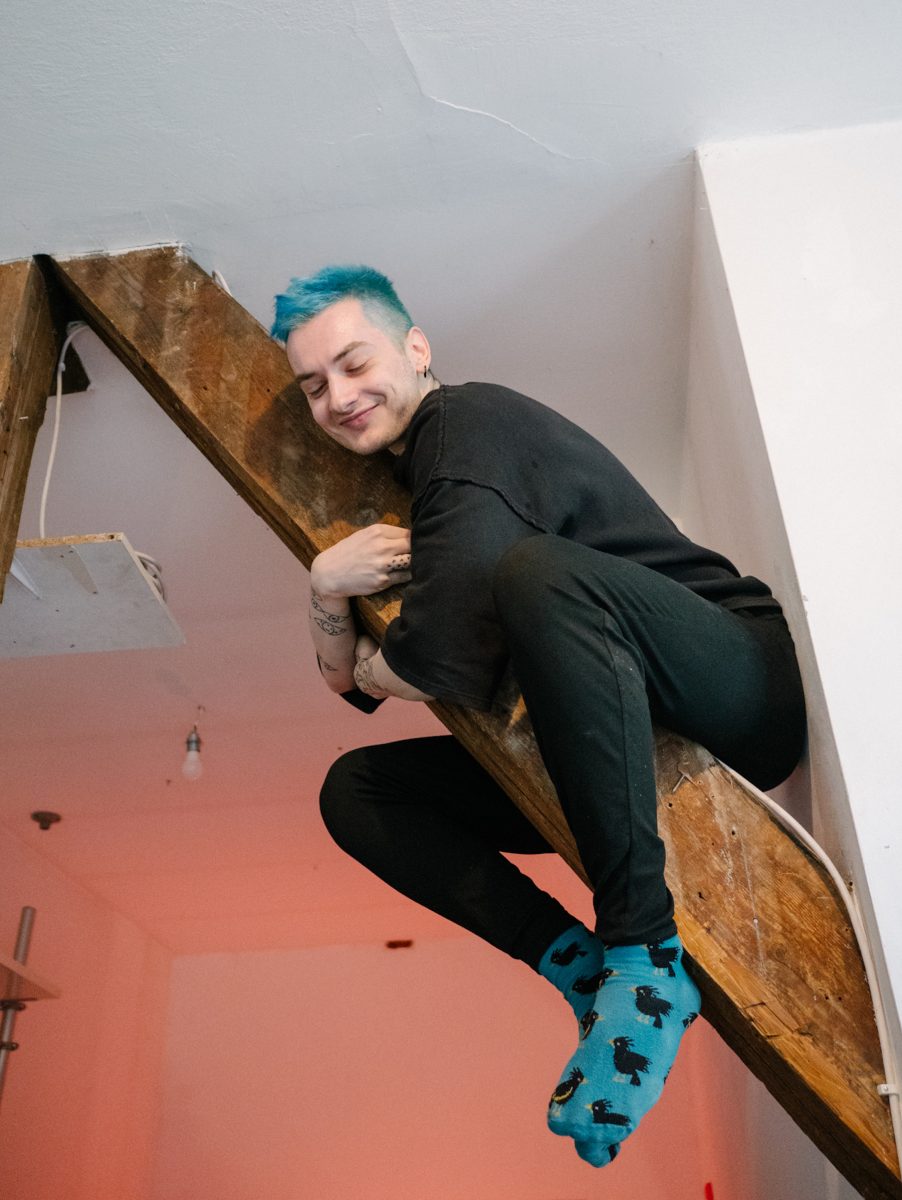
Interview Vanesa Angelino (@vaneangelino)
Photos Leon Lafay (@leonlafay)
